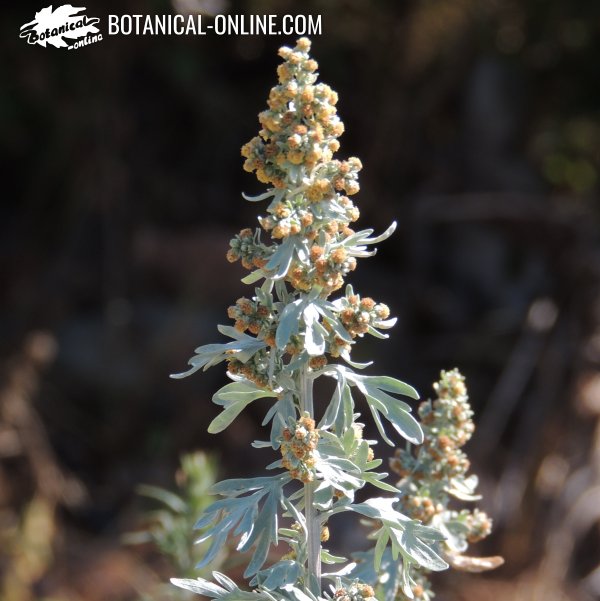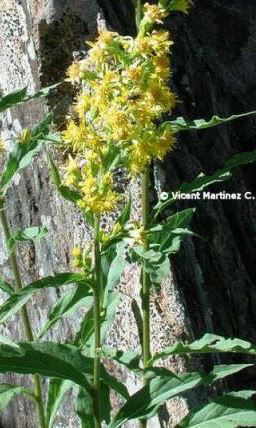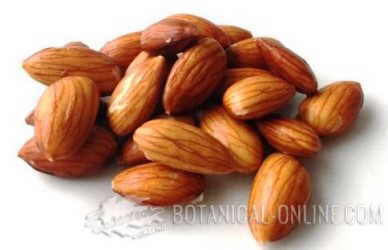Contents
What are trees used for?
What are the main uses of trees?
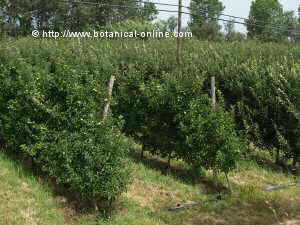
According to the man use of trees, we can classify them into:
Trees for fruit production
One of the main uses of trees is addressed to fruit production. Although humans can use the fruits of wild plants, we must stress the importance of trees grown for the production and consumption of fruits.
These are models who have been chosen by man from nature. Man has learnt how to improve their resistance to the environment, or to the attack of pests and diseases. He has increased their production capacity, their appearance or their nutritional values.
Trees for timber and weapons production
Historically men have used wood from trees for their own use. Since the discovery of fire, the wood of trees has been an invaluable resource for Humanity. In the Paleolithic, hunters prepared their weapons with the hardest woods.
In Europe, they generally make use of them collecting strong and durable wood, such as that of oaks (Quercus ilex) and beeches (Fagus sylvatica).
Exotic trees for timber production
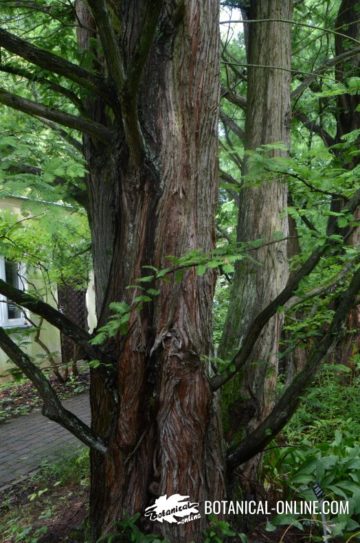
In Africa they would would use even more durable and resistant wood trees, which today are regarded as exotic, such as African Ebony (Diospyros spp), the iroko tree (Chlorophora excelsa) or paduak (Pterocarpus soyauxii).
In South America we would have others like curupay (Anadenanthera macrocarpa) or ziricote (Cordia dodecandra), the lenga (Nothofagus dombeyi), the freijo (Cordia Goeldiana), the bocote (ordi elaeagnoides), the caranchana (Cabralea cangerana) or the guatambu (Balfourodendron riedelianum)
In North America the hardest wood will be provided by a number of trees having such a high density that they sink in the water. These include ebony (Diospyros ebenum), mountain mahogany (Cercocarpus betuloides) or desert ironwood (Olney tesota). The latter has been used since ancient times for the manufacture of knife handles.
Without reaching the hardness of these trees some other ones can be considered very hard: the American cat’s claw acacia (Acacia greggii), the persimmon tree (Diospyros virginiana) the caria or hickory (Carya ovata), Engelmann oak (Quercus engelmannii), the California live oak (Quercus agrifolia), or the black locust (Robinia pseudoacacia).
In Asia it is worth mentioning the mabolo or velvet apple (Diospyros discolor) or the Indian ebony, one of the rarest and most expensive woods in the present with the strength and hardness of all the varieties of ebony.
It grows in Philippines, Southeast Asia and Celebes. The East Indian rosewood (Dalbergia latifolia) is twice harder than the oak. It grows in deciduous forests of India. In the south west of Australia we can find the jarrah (Eucalyptus marginiata) with a hardness much higher than an oak. The koa (Acacia koa) is unique in the islands of Hawaii and provides a very high quality wood.
Trees for the production of firewood or charcoal
Fire is used to protect us from the cold and from animals and to cook food. Felling of the forest also allowed him to deforest land where food can be obtained. This type of deforestation was very limited and the forest was able to recover by itself when crops were abandoned.
The use of wood from forests for production of charcoal should also be mentioned. Charcoal is formed by piling wood and covering it with branches and soil. Later, the stack is fired and it burns for several days until it produces coal. Men have been using charcoal since the discovery of fire as they took advantage of the remnants of the bonfire to have it at hand.
Charcoal gives much more heat than firewood, so it has been used since antiquity to forge weapons. By means of charcoal man from the Iron Age was able to mold and manufacture the iron axes, swords, knives and other weapons or instruments. Subsequently it was used in the metallurgical industry until it was replaced by coal. At present,this type of coal is used as the main source of energy in developing countries.
In the western world is mainly used as absorbent in the manufacture of gunpowder.
Trees for the production of tools, houses and means of transport
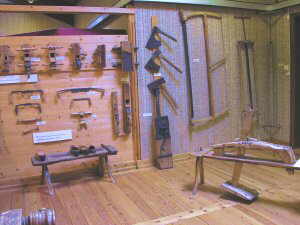
As civilizations became more complex, the consumption of wood increased.
We learned to build our tools, our weapons, our homes and our means of transportation. In the Middle Ages, common bog (Buxus serpervirens) was virtually wiped out in some areas or transformed into a singe bush because is was very used to make bows.
The construction of houses and boats, along with the transformation of forests into grazing land or the production of charcoal have been the major causes of deforestation in many forests of the world.
In Europe, huge fleets in countries like Spain, England or Flanders led to deforestation in many forested areas. is said that when the Romans arrived in Spain, a squirrel could cross from North to South by jumping from a tree crown to another tree crown. At present, forests in many parts of the world have been reduced to mountainous areas.
*Related information: Industrial products from trees / Trees for the obtention of medicines and natural remedies
![]() More information about trees
More information about trees

